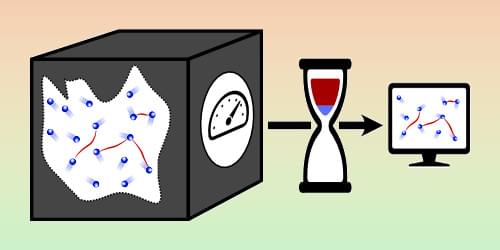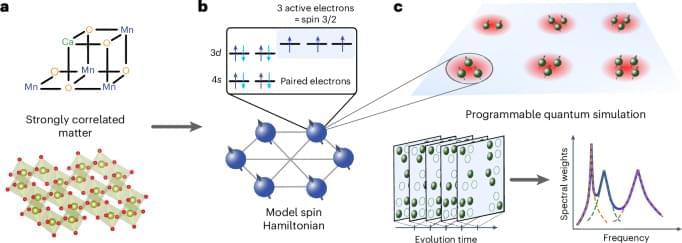Can a machine feel love, hate or grief? How do we write our laws around A.I.? Would you let an algorithm run the government? Watch my newest video where I attempt to answer these questions while introducing the concept of artificial Intelligence philosophy: an area of study that could take on these, and other mind-boggling questions in the future.
Notes and References.
[1] https://www.humanetech.com/who-we-are.
[2] https://brie.berkele y.edu/sites/default/files/brie_wp_2018-3.pdf.
[3] Jeff Hawkins — A Thousand Brains.
[4] https://2020.yang2020.com/policies/th…
Supplementary Sources.
https://waitbutwhy.com/2015/01/artifi… Artificial Intelligence & Personhood: Crash Course Philosophy #23. Retrieved from • Artificial Intelligence & Personhood:… Follow Tomorrow Matters Everywhere: ▶️ YouTube —
/ @grantkeegantechphilosophy 📚 Official Site — https://tomorrowmatters.net 🐦 Twitter —
/ tomorrowm4tters 📷 Instagram —
/ tomorrow_matters_ 🎶 Tik Tok —
/ tomorrow_matters 🅿️ Patreon —
/ tomorrowmatters Song: Inukshuk — Too Far Gone [NCS Release] Music provided by NoCopyrightSounds Free Download/Stream: http://ncs.io/TooFarGone Watch:
• Inukshuk — Too Far Gone | Electronic…
https://waitbutwhy.com/2015/01/artifi…
Artificial Intelligence & Personhood: Crash Course Philosophy #23. Retrieved from • Artificial Intelligence & Personhood:…
Follow Tomorrow Matters Everywhere:
▶️ YouTube — / @grantkeegantechphilosophy.
📚 Official Site — https://tomorrowmatters.net.
🐦 Twitter — / tomorrowm4tters.
📷 Instagram — / tomorrow_matters_
🎶 Tik Tok — / tomorrow_matters.
🅿️ Patreon — / tomorrowmatters.





